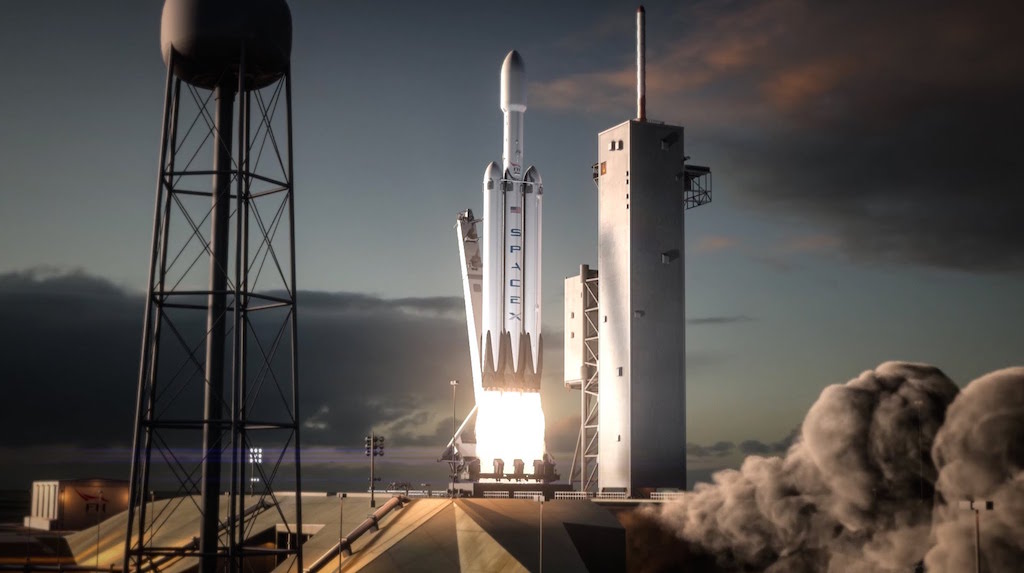

News
Watch SpaceX successfully test fire a Falcon Heavy core
In yet another reminder that SpaceX plans to launch a massive rocket that’s essentially three Falcon 9 rockets strapped together, the Hawthorne-based company released an 18-second video today confirming a successful static fire test of a Falcon Heavy center core. The event took place last week at the company’s McGregor, Texas development facility.
First static fire test of a Falcon Heavy center core completed at our McGregor, TX rocket development facility last week. pic.twitter.com/tHUHc1QiKG
— SpaceX (@SpaceX) May 9, 2017
Last week’s static fire test has been eagerly anticipated for months, some fans even tracking potential core movement to and from SpaceX facilities, and further scoping out the test stand at the McGregor facility.
SpaceX McGregor now has 1033 on the test stand. Falcon Heavy Center! https://t.co/t5eh9E4xd3 pic.twitter.com/0sMTFEfpW5
— NSF – NASASpaceflight.com (@NASASpaceflight) April 22, 2017
So what’s next? With a successful static fire under its belt, a Falcon Heavy launch seems like it should be around the corner. Unfortunately, however, there’s still a damper lurking in the horizon due to the repair status of Space Launch Complex 40 after the launch pad anomaly in September 2016. At a media event in February, SpaceX President Gwynne Shotwell estimated that the repairs to SLC-40 would be complete in June this year.
Once those repairs are complete and commercial launches return to SLC-40, further preparations will then need to be made to LC-39A, the pad currently being used in Florida, in order to support the demands of a Falcon Heavy launch. According to reddit chatter, a minimum of eight weeks will be necessary to finish the modifications.
While it sounds like Falcon Heavy is still some ways off from launch, things are closer than ever to getting off the ground, and that’s definitely worth being excited about.
Fun tidbit: SpaceX fans aren’t the only ones excited to see Falcon Heavy’s three cores land. Founder and CEO Elon Musk has previously tweeted his precise feelings on the matter.
Can't wait to see all three cores of Falcon Heavy come back for landings! First two will be almost simultaneous. https://t.co/ryMiewZM4L
— Elon Musk (@elonmusk) July 18, 2016
Speaking of static fires, Falcon 9 is still marching through its launch backlog with the next launch date set for May 15th, and the static fire scheduled for May 11th. The huge Inmarsat-5 payload means this flight will be done expendably, i.e., with no landing.
It’s kind of a fun coincidence, though. Inmarsat-5 was originally supposed to fly on a Falcon Heavy, but instead will celebrate a successful mission around the same time frame of Falcon Heavy’s first static fire. Or maybe that’s just me.
Stay tuned!

Lifestyle
Elon Musk seemingly confirms Cybertruck gift to 13-year-old cancer fighter
Diagnosed in 2018 with a rare form of brain and spine cancer with no cure, the teen has undergone 13 surgeries by the time he was 12.
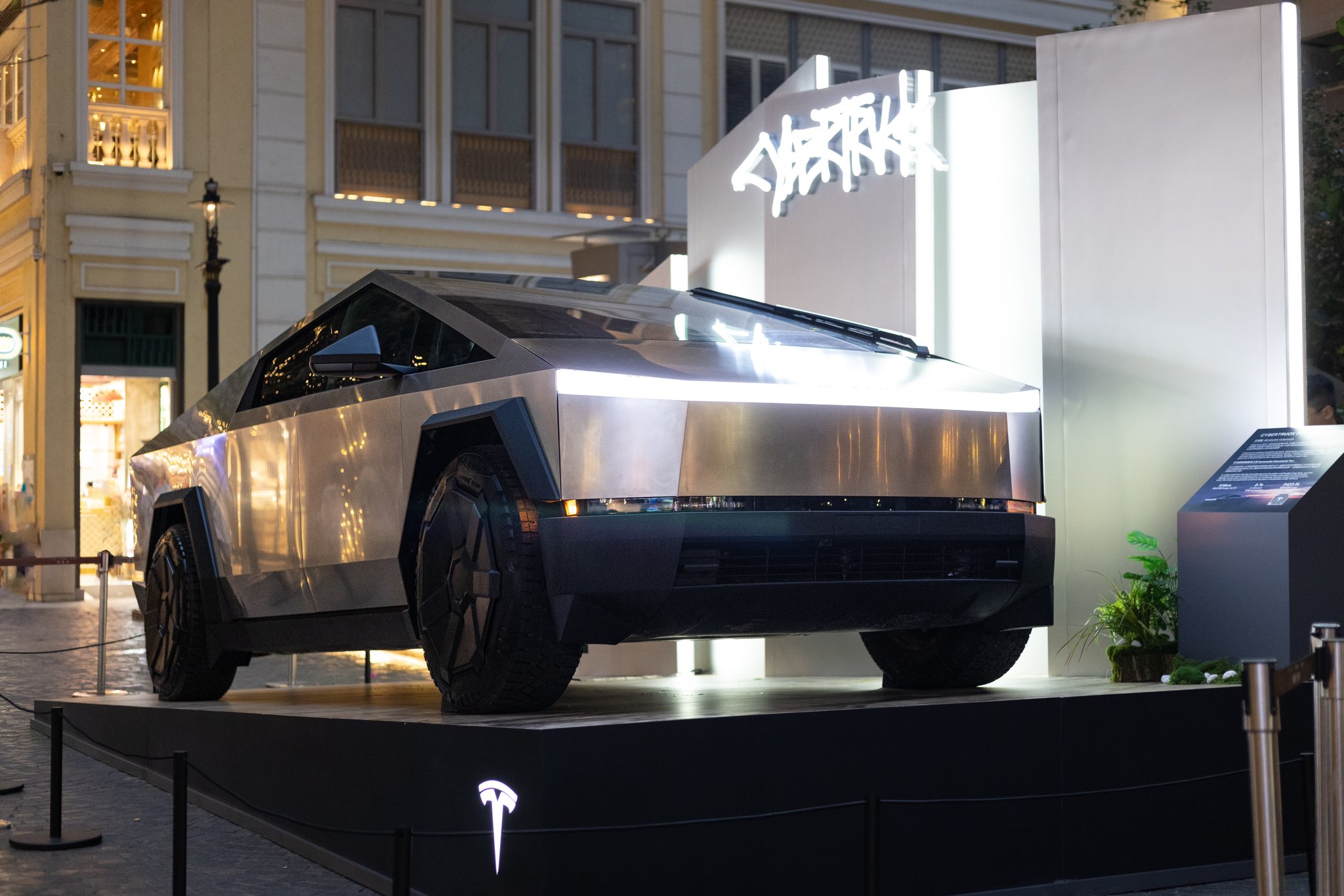
Elon Musk has seemingly confirmed that he will be sending a Tesla Cybertruck to 13-year-old Devarjaye “DJ” Daniel, a 13-year-old Houston boy fighting brain cancer. The teen was recognized as an honorary Secret Service member by U.S. President Donald Trump during his address to Congress on Tuesday.
A Chance Meeting
The Tesla CEO’s Cybertruck pledge was mentioned during DJ’s short interview with CNN’s Kaitlan Collins. When Collins asked the 13-year-old what he told the Tesla CEO, DJ answered that he asked for a Cybertruck.
“I said, ‘can you do me a big favor, when you get back to Houston can you send us a Cybertruck down there?’” the cancer fighter stated.
Daniel noted that Musk responded positively to his request, which was highlighted by Collins in a post on X. Musk responded to the post with a heart emoji, suggesting that he really will be sending a Cybertruck to the 13-year-old cancer fighter.
Teen’s Cancer Battle Inspires
Diagnosed in 2018 with a rare form of brain and spine cancer with no cure, Daniel has undergone 13 surgeries by the time he was 12. During his speech, Trump highlighted the 13-year-old’s long battle with his disease.
“Joining us in the gallery tonight is a young man who truly loves our police. The doctors gave him five months at most to live. That was more than six years ago. Since that time, DJ and his dad have been on a quest to make his dream come true,” Trump stated.
Daniels officially received an honorary badge from U.S. Secret Service Director Sean Curran, to much applause during the event.
Surprisingly Partisan
While Daniels’ story has been inspiring, Trump’s focus on the 13-year-old cancer fighter has received its own fair share of criticism. MSNBC host Nicolle Wallace, while referencing Daniels’ love for law enforcement, noted that she is hoping the 13-year-old never has to defend the U.S. capitol against Trump supporters. “If he does, I hope he isn’t one of the six who loses his life to suicide,” Wallace stated.
Anti-Musk and Trump accounts on X have also thrown jokes at the cancer fighter’s honorary badge, with some dubbing the 13-year-old as a “DEI hire” that should be looked into by DOGE.
News
Arrest made after Tesla Salem site attacked with Molotov cocktails
The suspect faces a federal charge of illegally possessing an unregistered destructive device.
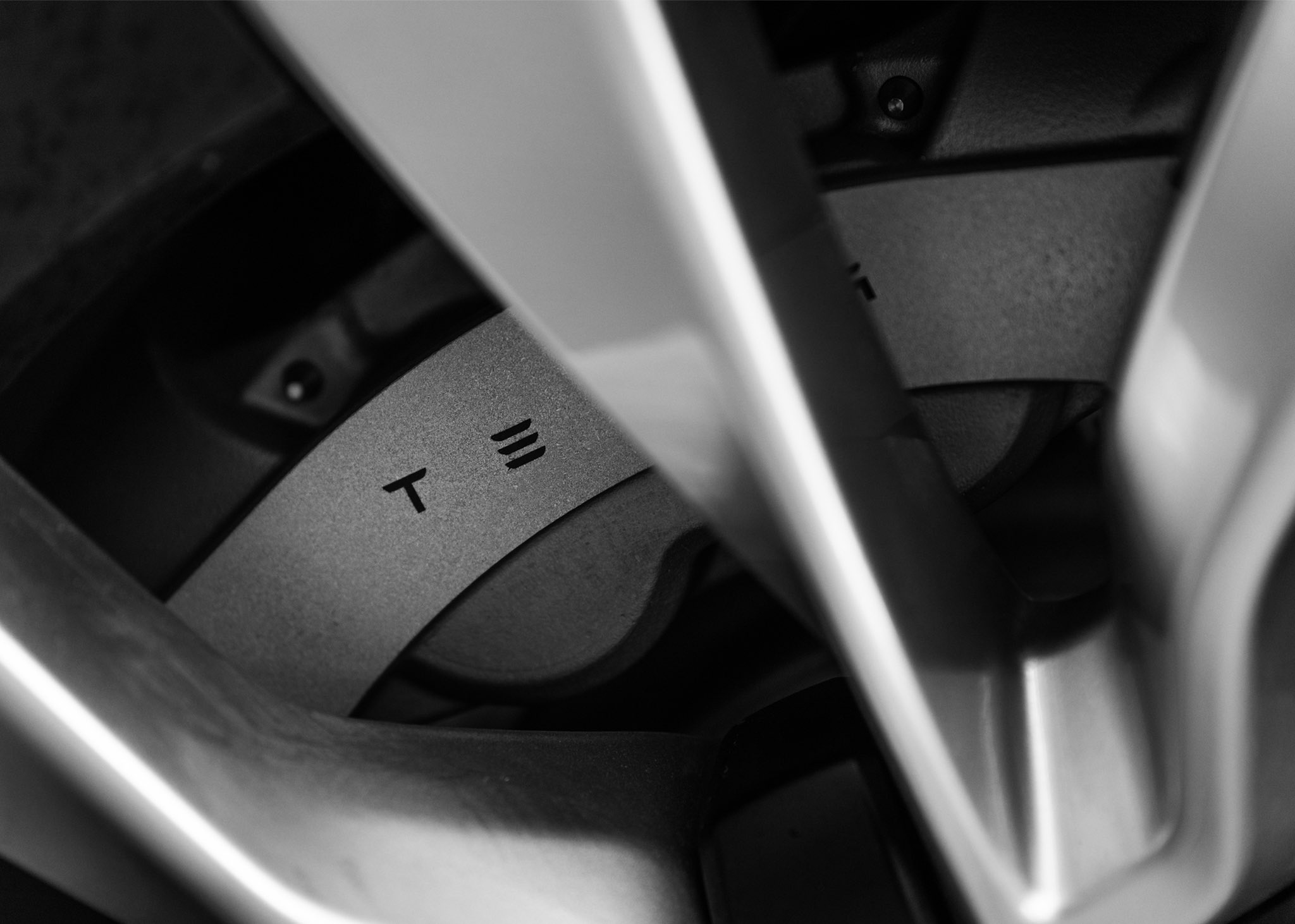
A 41-year-old Salem man was arrested Tuesday for allegedly throwing Molotov cocktails at a Tesla store on January 20. Court documents indicated that the man’s attack caused around $500,000 in damages.
The suspect faces a federal charge of illegally possessing an unregistered destructive device, which were described as Molotov cocktails. Seven vehicles were damaged and one was destroyed in the attack on the Tesla location.
Fires Erupt at Tesla Store
At 3:45 a.m. on January 20, Salem Police responded to reports of Molotov cocktails being thrown at the Tesla store. Officers found a fire on the sidewalk and another in a parked vehicle’s rear. An eyewitness noted that someone thew five or six objects during the incident, as noted in a report from the Statesman Journal.
Suspect Caught on Camera
Surveillance footage showed the man throwing a “Molotov Cocktail-style device” at a truck, which bounced off without igniting. He also aimed an AR-15-style rifle at a witness who was driving away. The suspect hurled a rock through the Salem Tesla store’s window as well.
A patrol car’s camera captured the suspect’s vehicle nearby, tying him to the scene. Surveillance video, fingerprints on glass bottles recovered at the scene, and a vehicle registered to the man led ultimately to his arrest.
Tesla Vandalism Trend
Tesla stores across the United States and abroad have been the target of vandalism incidents as of late, thanks in part to CEO Elon Musk’s increasing involvement in politics and his close work with U.S. President Donald Trump. Interestingly enough, previous reports have indicated that the Salem Tesla store was also the victim of an attack last month, when gunfire shattered widows at the location.
News
Tesla Model Y tops South Korea import sales in February 2025
The Tesla Model Y that performed well in South Korea last month was the Model Y classic, which is already being phased out.
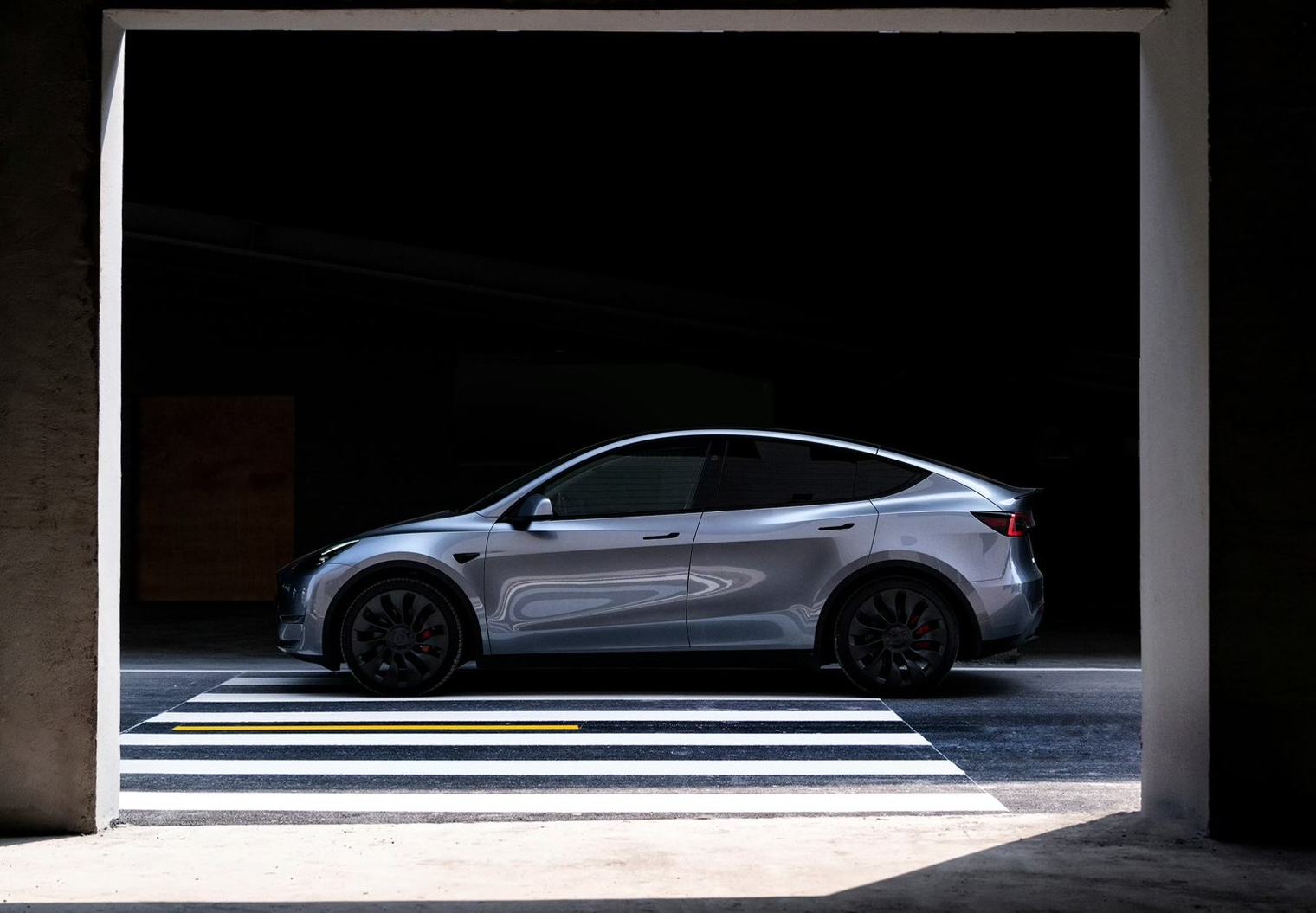
The Tesla Model Y led South Korea’s imported car market in February 2025 with 2,038 units sold, as per data from the Korea Automobile Importers & Distributors Association (KAIDA).
Total imported passenger car registrations in South Korea climbed 24.4% to 21,199 units from 16,237 a year ago. Tesla ranked third at 2,222 units, behind BMW (6,274) and Mercedes-Benz (4,663).
Model Y Classic Still A Strong Seller
The Model Y that performed well in South Korea last month was the Model Y classic variant, which Tesla is already phasing out. Its strong sales highlight Tesla’s strong presence in South Korea, where BMW beat Mercedes-Benz for the top brand spot last month.
Following the Tesla Model Y classic in the country’s import segment was the Mercedes-Benz E-Class and the BMW 5 Series. Tesla’s overall 2,222 registrations for February trailed BMW and Mercedes-Benz, but they surpassed Lexus (1,337) and Volvo (1,046), as per a report from Viva100.
Import Fuel Mix
Hybrids led South Korea’s import registrations with 13,013 units (64.4%), followed by EVs at 3,757 (18.6%) and gasoline at 3,226 (16%). Diesel lagged at 203 units (1%). A look at these numbers suggests that the Tesla Model Y classic commanded the lion’s share of South Korea’s EV imports last month.
What the KAIDA Vice Chairman says
KAIDA Vice Chairman Jeong Yoon-yeong issued a comment about the results:
“In February, new registrations of imported passenger vehicles increased compared to the previous month due to the registration of electric vehicles following the confirmation of electric vehicle subsidies and the new car effect of some brands,” the KAIDA executive noted.
-
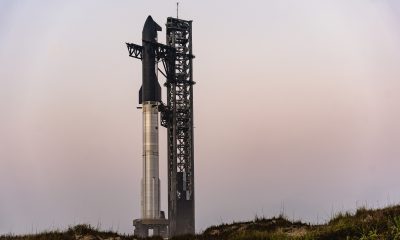
 News1 day ago
News1 day agoSpaceX announces Starship Flight 8’s new target date
-

 News2 days ago
News2 days agoTesla launches fresh U.S. promotions for the Model 3
-

 Elon Musk3 days ago
Elon Musk3 days agoTesla mulls adding a new feature to fight off vandals as anti-Musk protests increase
-

 News4 days ago
News4 days agoTesla’s lead designer weighs in on plans for these two Model Y colors
-

 News3 days ago
News3 days agoTesla starts Model Y ‘Launch Edition’ deliveries in the U.S.
-
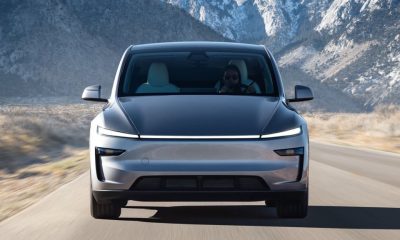
 Elon Musk3 days ago
Elon Musk3 days agoTesla gaining with Republicans as it loses traction with Democrats: Stifel
-
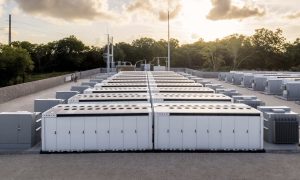
 Energy22 hours ago
Energy22 hours agoTesla lands in Texas for latest Megapack production facility
-
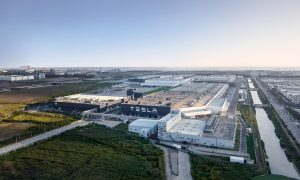
 News2 days ago
News2 days agoTesla China wholesale figures drop in February amid new Model Y transition





